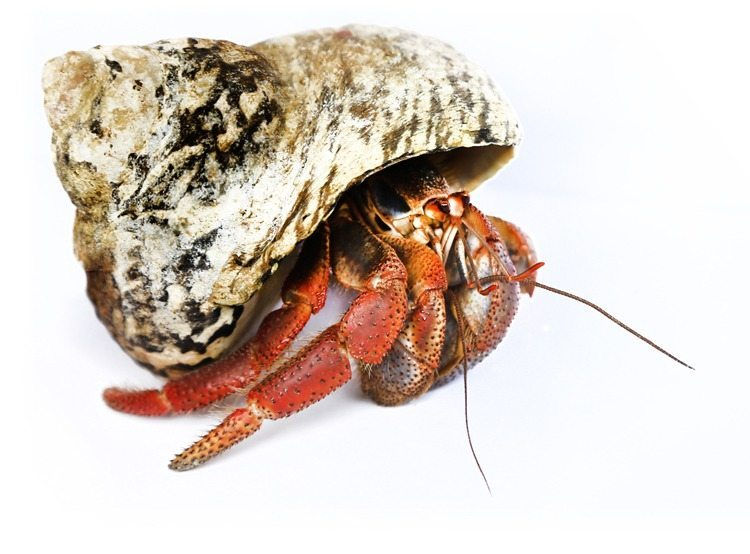For the Kids
- Kelly Thompson

- Aug 23, 2016
- 2 min read
USFWS • The US Fish and Wildlife Service Office at the entrance of Garcia Gate has many displays and programs for children to learn about wildlife and local conservation efforts.
Children’s Books • At the Incubadora Office in Isabel II there is a small children’s library as well as a book exchange for adults. Computers, copy machines, Fax are available for a donation. M-F 9am-4pm but hours vary.
Playground • The playground in Esperanza is open 8am-6pm Mon-Sat and 12-6pm on Sunday. There is a track that winds through the park under shade trees. Aprox. 15 times around makes a mile.
Fort/Museum • Fort Conde Mirasol overlooking Isabel Segunda is a museum and gallery for families searching for cultural activities. It is open to the public Wed.-Sun. 10am-4pm.
VCHT Marine Exhibit • The Vieques Conservation and Historical Trust has a marine life exhibit to teach children about the fragility of the coral reef habitat of Vieques.
Sunbay • has a campground, bathrooms and the Arenamar Café where you can get delicious healthy snacks for the beach. After the beach, give the youngsters a quick rinse before they fall asleep in the car on the way home.
Media Luna • can best be described as the ultimate kiddie pool. Powdery-white sand slopes so gradually that 50 yards out into the water you will only be waist deep. The long narrow cove collects the silt-like sand creating a lovely place for kids to play and learn to swim. The temperature of the water at Media Luna can be a few degrees higher than other beaches because of the expanse of shallow water. A few gazebos and shade trees make this the perfect family or large group beach. Bring a grill!
Parque la Ceiba • is a wonderful place for kids to picnic, play and reconnect with nature. Pass the airport on 200 and keep going west. At the bend in the road the Ceiba tree is on the right.
There is a wonderful little “kiddie tide-pool” on the beach in front of Tradewinds restaurant on the Malecón. Look for marine life in the tidepools, but be careful of the sea urchins!

Sandbur (Cenchus incertus) • Called abrojo de playa in Spanish, this sandbur is a 10-inch high, mat-forming grass that spreads making thick, dense clumps often concealed by taller flora. The burs will stick to your feet and cause pain till you physically pull them off. Some form of footware is recommended when crossing through these areas to the ocean. On the upside, their presence does help prevent beach erosion.
Hermit Crabs • One of the most charming creatures on Vieques is the Caribbean hermit crab, Coenobita clypeatus, also known as the soldier crab, the West Atlantic crab and the tree crab. It is a species of land crab native to the Caribbean, South America and the West Indies. Adults burrow and hide under the roots of large trees, and can be found scuttling about considerable distances inland, especially in early evening or morning. On Vieques, hermit crabs have been found on the highest peaks of the island, ready for the long scuttle back to the sea to lay their eggs.
Did You Know?
These animals do lead solitary lives; seeking each other out only to mate – hence the hermit designation.
Female land hermit crabs release fertilized eggs into the ocean, taking great care not to get carried off by the surf. They cannot swim or breathe underwater as their aquatic cousins can. This spawning (called
“washing” in the English-speaking Caribbean) occurs on certain nights of the brightest moon, usually around August.
To protect themselves they move into empty shells of marine mollusks, shifting to new, abandoned shells as they grow. If no shell is available, the crab must procure alternative materials. (I remember seeing a bright red plastic spray can lid scurrying through the lawn one evening only to discover it was home to a fair-sized hermit crab. I wanted to paint racing-stripes on the lid to complete the effect.)
Although hermit crabs are edible they are often captured for use as fish bait.
Caribbean hermit crabs are both herbivorous and detritivorous, feeding on animal and plant remains.
Hermit crabs are more closely related to lobsters than to other crabs.
During the change in shell size multiple hermit crabs have been observed moving in and out of shells previously inhabited by other hermit crabs, a social structure known as a vacancy chain.
insider tip
Across the street from Belly Buttons there are steps that lead down to the beach. Walk down these steps and look around the roots of the palm trees. You are sure to see baby hermit crabs skittering about.

شيخ روحاني
رقم شيخ روحاني
الشيخ الروحاني
الشيخ الروحاني
شيخ روحاني سعودي
رقم شيخ روحاني
شيخ روحاني مضمون
Berlinintim
Berlin Intim
جلب الحبيب